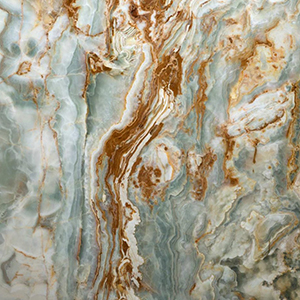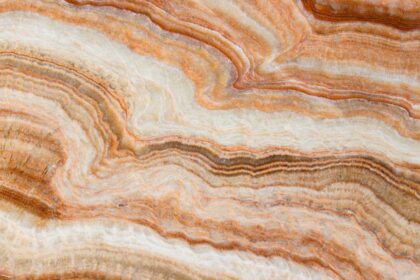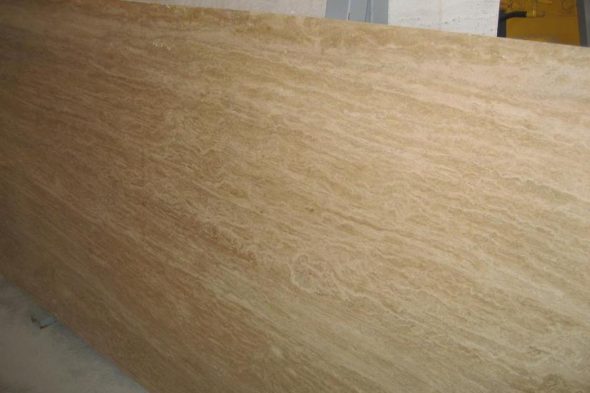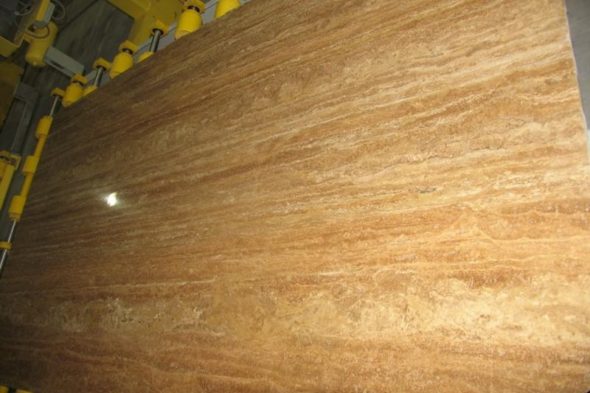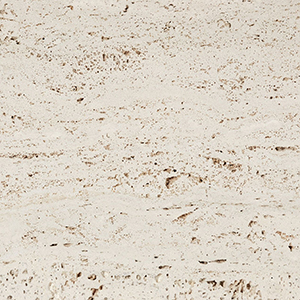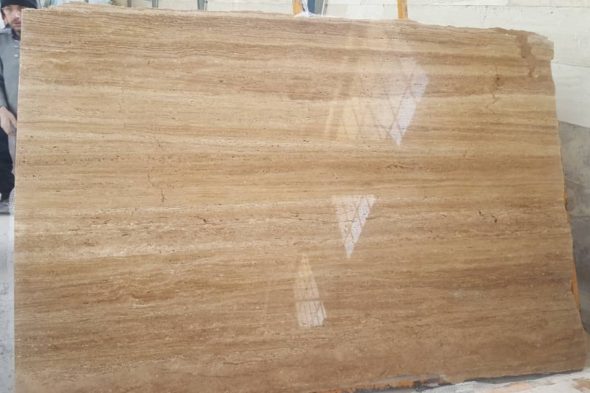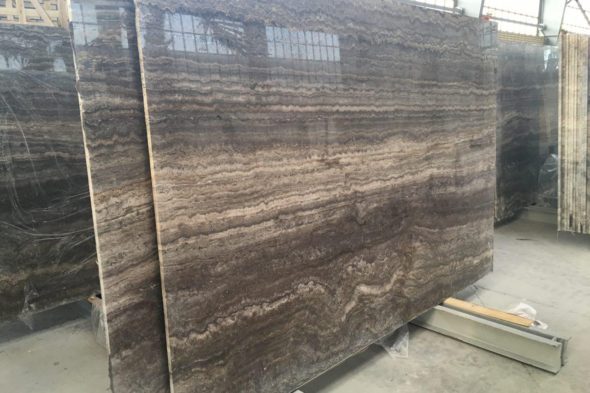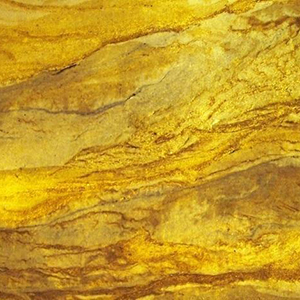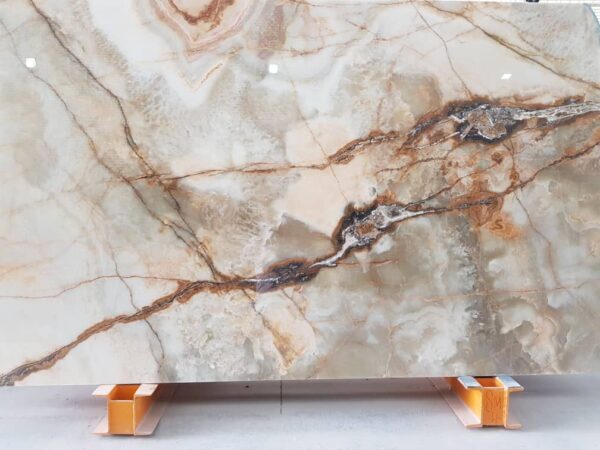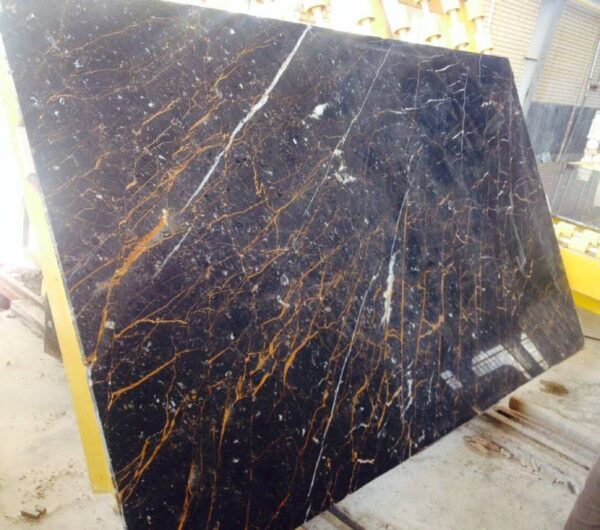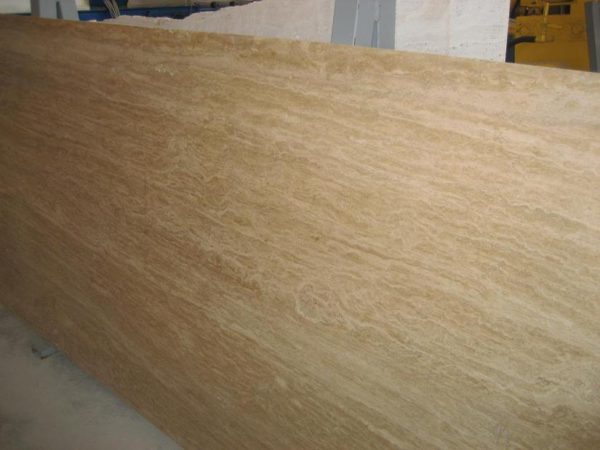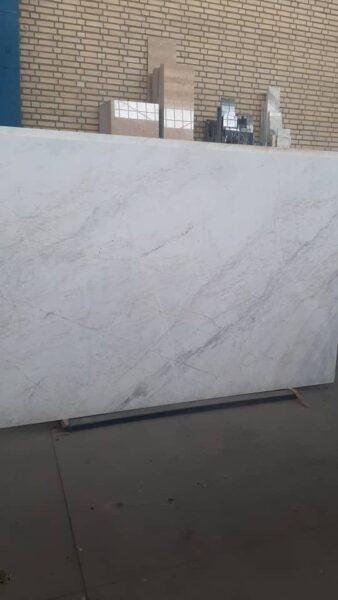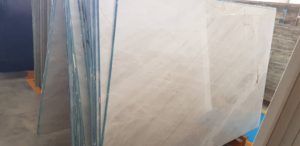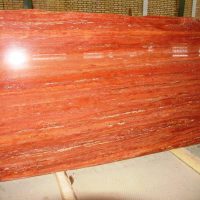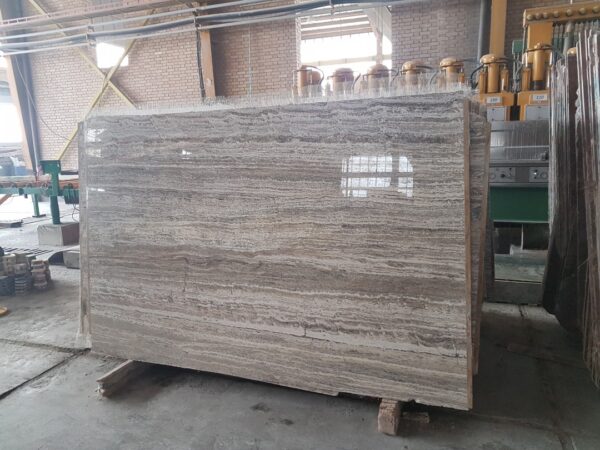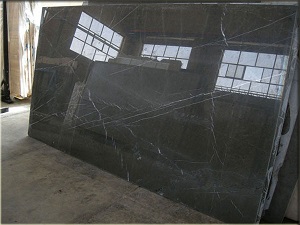Is Onyx Expensive? Understanding the Value of This Luxurious Stone
Onyx is a semi-precious stone that has captivated designers and homeowners alike with its stunning beauty and unique properties. Known for its rich colors and intricate veining, onyx is often associated with luxury and elegance. But this leads to a common question: Are onyx stones expensive? In this article, we’ll explore the factors that influence the cost of onyx and why it is considered a premium choice for interiors.
What Makes Onyx Expensive? Key Factors to Consider
Onyx is prized for its distinctive appearance and the luxurious feel it brings to any space. Several factors contribute to the cost of onyx, making it one of the more expensive natural stones available:
- Rarity and Sourcing: Onyx is relatively rare compared to other natural stones like granite or marble. It is primarily sourced from specific regions around the world, including Mexico, Pakistan, and Brazil. The rarity and difficulty in obtaining high-quality onyx drive up its price.
- Color and Pattern: The value of onyx is heavily influenced by its color and pattern. Stones with vibrant, uniform colors and striking veining are more sought after and, therefore, more expensive. For example, stones with deep black, vivid green, or rich honey tones can command higher prices.
- Translucency: One of the most unique features of onyx is its translucency. When backlit, onyx glows from within, showcasing its intricate patterns and enhancing its natural beauty. This quality is particularly desirable for feature walls, countertops, and decorative elements, further increasing the stone’s value.
- Processing and Finishing: Onyx is a softer stone, making it more challenging to cut, polish, and install compared to harder stones like granite. The meticulous work required to process onyx without damaging it adds to its cost. Additionally, specialized finishes like polishing or honing can increase the price.
- Thickness and Size: Thicker slabs of onyx are generally more expensive because they are more durable and can be used in a wider range of applications. Large, seamless slabs are also prized for their aesthetic appeal and are priced higher than smaller or fragmented pieces.
https://www.rockstone.biz/current-status-onyx-industry/
Is Onyx Worth the Investment?
While onyx can be expensive, many homeowners and designers consider it worth the investment due to its unparalleled beauty and luxurious feel. Here are a few reasons why onyx is a valuable addition to any interior:
- Timeless Elegance: Onyx is a statement piece in any room. Its rich colors and unique patterns create an elegant, sophisticated atmosphere that is both modern and timeless.
- Customization and Uniqueness: Each slab of onyx is unique, meaning no two installations are exactly alike. This exclusivity adds to the stone’s appeal, making it a perfect choice for those seeking a one-of-a-kind design.
- Increased Property Value: Incorporating Onyx into your home can significantly increase its market value. Potential buyers often view Onyx as a luxurious feature, adding to the overall appeal of the property.
- Versatile Applications: Onyx can be used in various applications, from countertops and backsplashes to feature walls and custom furniture. Its versatility allows it to enhance a wide range of interior design styles.
How to Maximize Your Investment in Onyx
If you’re considering using Onyx in your home, here are some tips to maximize your investment:
- Choose the Right Application: Use Onyx in areas where it can be showcased, such as feature walls, backsplashes, or accent pieces. This allows you to highlight its natural beauty and make the most of its luxurious appearance.
- Proper Maintenance: Onyx requires careful maintenance to preserve its beauty. Regular sealing, gentle cleaning, and avoiding harsh chemicals are essential to keeping the stone in pristine condition.
- Work with Professionals: Due to its softness and the intricacies of installation, it’s important to work with experienced professionals who specialize in onyx. This ensures the stone is handled and installed correctly, minimizing the risk of damage.
Conclusion: Onyx as a Luxurious Investment
While Onyx is certainly on the higher end of the price spectrum for natural stones, its beauty, uniqueness, and ability to transform any space make it a worthwhile investment. The factors that contribute to its cost—rarity, color, pattern, and processing—are the same qualities that make Onyx a prized material in luxury interiors. By understanding these factors and choosing the right application for your home, you can enjoy the timeless elegance and sophistication that Onyx brings.

